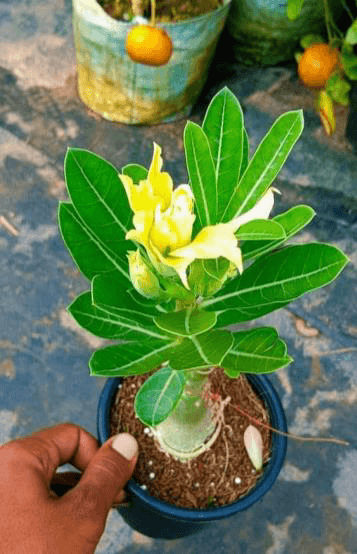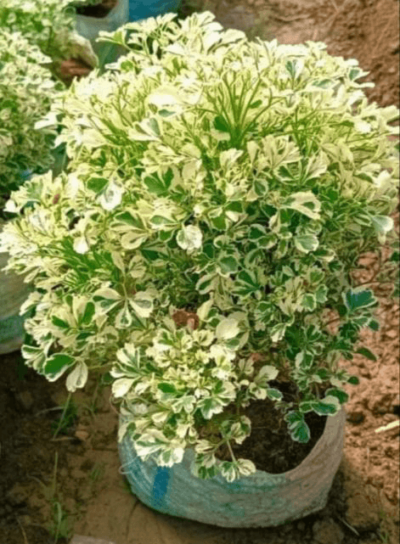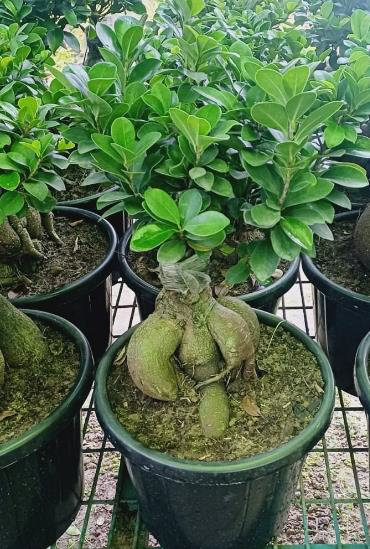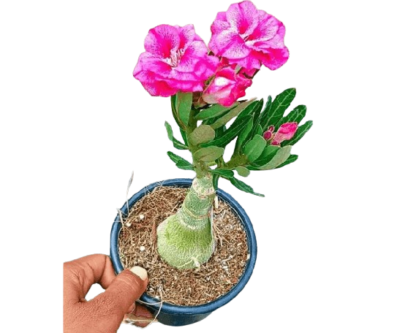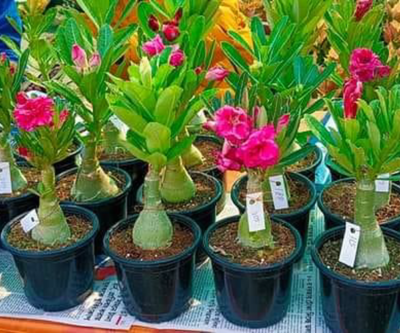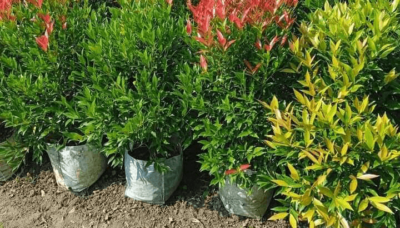-
 American Marigold 1 x $23.45
American Marigold 1 x $23.45 -
 Black Eyed Susan 1 x $25.45
Black Eyed Susan 1 x $25.45 -
 Bleeding Heart 1 x $30.45
Bleeding Heart 1 x $30.45
Ficuss Bonsai
₹2,940.00
The Ficus Bonsai, commonly known as the Weeping Fig or Ficus Tree is a
beautiful houseplant which is loved by numerous plant parents. It has a unique
curved trunk with dark green, oval leaves making it a brilliant centre piece for
your living room or side table. Plant them in shallow but wide pots to show off
its magnificent stem and roots.
Description
Plant Specification
Plant name: Ficus Bonsai
Pot size: 5inch
Pot color: Black
Plant Height: 1feet
Location: Indoor
Soil Type: Rich with Coco-Peat and Compost
Care Tips for Ficus Bonsai Plant
Placement:
The ficus is an indoor tree that does not endure frosty conditions. It can be kept outside in the summer as long as temperatures are above 60°F (15°C). It requires a lot of light, preferably full sunlight, so be sure not to place it in a shady location. The temperature should be kept relatively constant. Figs can endure low humidity due to their thick, waxy leaves, but they prefer higher humidity and need extremely high humidity to develop aerial roots.
Watering:
Ignore labels stating your Ficus needs watering every day, you need to water on observation. The Ficus should be watered generously whenever the soil gets slightly dry. The Bonsai Ficus prefers room temperature soft water and it can tolerate occasional over, or underwatering. We advise daily misting to maintain humidity, but too much misting can create fungal problems. The warmer the placement of the fig during winter, the more water it needs. If it’s kept in a cooler place it only needs to be kept slightly moist. Continue reading about watering Bonsai trees.
Fertilizing:
Fertilize every two weeks during summer, and every four weeks during winter if the growth doesn’t stop. Liquid fertilizer can be used as well as organic fertilizer pellets.
Pruning and wiring:
Regular pruning is necessary to retain the tree’s shape. Prune back to 2 leaves after 6-8 leaves have grown. Leaf pruning (defoliation) can be used to reduce leaf size, as some Ficus Bonsai species normally grow large leaves. If a considerable thickening of the trunk is desired, the Ficus can be left to grow freely for one or two years. The strong cuts that are necessary afterward don’t affect the Ficus’ health and new shoots will grow from old wood. Larger wounds should be covered with cut paste. Continue reading about pruning Bonsai trees.
Repoting:
Repot your Ficus tree during the spring, every other year, using a basic Bonsai soil mixture. Ficus tolerates root-pruning very well. Continue reading about repotting Bonsai trees.
Pests and diseases:
Fig species are quite resistant against pests, but they are still susceptible to several issues depending on their location, and time of year, especially in the winter. Dry air and a lack of light weakens the Bonsai Ficus and often result in leaf drop. In poor conditions like these, they are sometimes infested with scale or spider mites. Placing customary insecticide sticks into the soil or spraying insecticide/miticide will get rid of the pests, but a weakened Ficus tree’s living conditions must be improved. Using plant lamps 12 to 14 hours a day, and frequently misting the leaves will help in the recovery process. For more detailed information on these techniques, check out our Bonsai tree care section.

